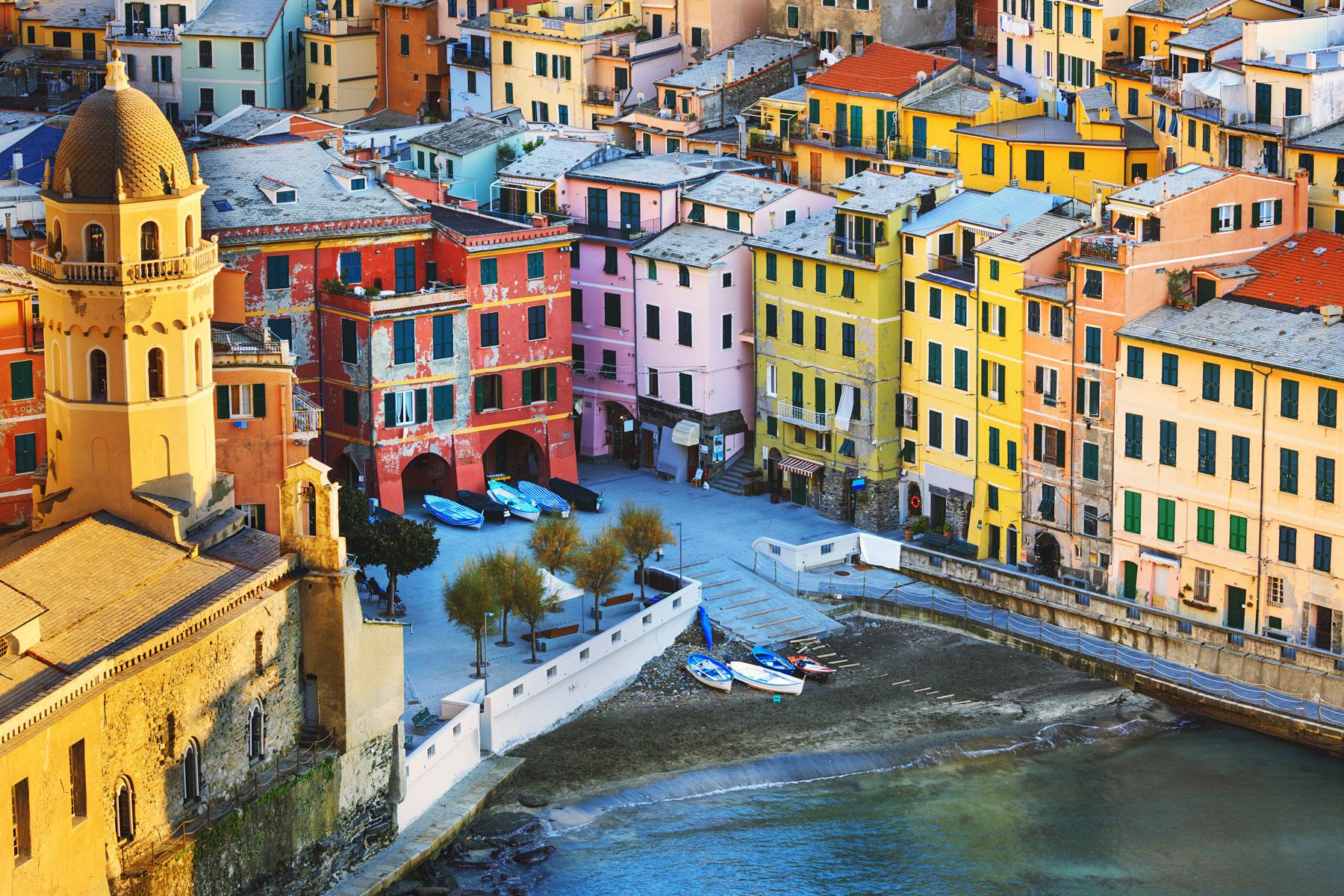No, you’re not allergic to theme parks, just maybe Central Florida.
[Content warning: graphic photo]
A couple of years ago, I was shooting a video at EPCOT for The Travel Channel. It was the beginning of October—aka second summer in Central Florida—and the sun was relentless, the humidity was sweltering, and I probably hadn’t had enough water to drink. While on break, I got this itchy-yet-tingling sensation around my ankles. I looked down at my feet and saw I had large bands of red hives around my lower legs and ankles, which mysteriously stopped at my socks as if someone had used painter’s tape on my legs. A producer saw me frantically scratching, looked at me, and gravely said, “Oh, girl. You’ve got Disney Rash.”
I have what now?
Yep, Disney Rash is a thing. Now that I know what it is, I can 100% say that I’ve had Universal Orlando Rash and Dollywood Rash too. So, what is this theme park skin phenomenon? And is it as scary as it looks? Here’s everything you need to know about Disney Rash, plus what medical professionals say to do if you get it.
What Is Disney Rash, Anyway?
Disney Rash goes by many names: Golfer’s Vasculitis, Hiker’s Vasculitis, Pound the Pavement Purpura, but the most common term used is Disney Vasculitis because it happens to so many people while at theme parks. The rash is described as an inflammation of blood vessels, typically in the legs.
The tell-tale sign of Disney Rash is that it abruptly stops at the sock line and usually starts as a hive-like eruption that evolves to resemble bruises on the lower extremities. The rash is itchy and can be painful, but the good news is that it’s not a permanent souvenir. According to Dr. Carley Fowler, MD of the Knoxville Center for Dermatology and Plastic Surgery, who is also a Clinical Assistant Professor at the University of Tennessee Medical Center Knoxville, “It usually resolves spontaneously over three to four days.”
Recommended Fodor’s Video
What Causes Disney Rash?
So why does this happen at Disney World? Theme parks, especially in Central Florida, create a domino effect of ideal conditions for Disney Rash. The heat can cause blood vessels to dilate and because you’re on your feet a lot, gravity can pull more fluid into your blood vessels, which in turn can cause the capillaries in your skin to become fragile and distended.

“Add the thumping on the pavement from walking and standing, and it’s the perfect recipe for blood to leak out of capillaries and cause a rash,” explains Dr. Fowler. Another significant factor is age. “It tends to happen in people who are more than 50-years-old,” Dr. Fowler adds. “Which indicates circulation is not as great as we have more birthdays.”
With poor circulation, the body has more trouble getting blood back up to the heart, so those distended capillaries can break down, and blood leaks out of them, causing the rash. The word vasculitis is a misnomer here, as Dr. Fowler added, “There’s some debate whether it’s actual vasculitis because vasculitis is autoimmune in nature. Or whether it’s a capilitus and just fragile capillaries from aging. Most people think that it is not autoimmune.”
What to Do if You Get Disney Rash
If you do get Disney Rash, Dr. Fowler says there is no need to panic. “It does sound kind of scary, but the fact is that all those contributing factors—the heat, the gravity—cause those vessels to dilate and if you can reverse that process by not being in the heat and propping your feet up, then you’re going to reverse the process.” Translation: You can still enjoy your theme park vacation with a couple of modifications.
“No one wants to miss part of their Disney trip,” adds Dr. Fowler. “I would say get some kind of basketball socks if you can, some kind of cotton socks that go up to the knees. Not full-on compression hose. That could be really hot, and you don’t want the heat to get worse. But just some tighter socks up to the knee that is not going to get too hot, such as basketball socks.” Dr. Fowler also advises drinking lots of water, trying to massage your legs to get the fluid back up, and making it a point to eat inside for lunch, or take a break and rest in the afternoon during the midday heat.
How Can You Prevent Disney Rash?
If you’ve had Disney Rash before and you’re prone to it, there are a couple of precautions you can take to try to avoid it on your next trip: light compression socks, a lymphatic massage, drinking lots of water, and avoiding salty foods (RIP peel-top cheese and turkey legs.) And, of course, the obvious: visit theme parks when it’s cooler.
Regardless of being a Disney Rash survivor, I always recommend Disney in the winter. The holidays at Disney are gorgeous, the crowds in January and February are lighter, and EPCOT’s International Festival of the Arts, which takes place at the beginning of the year, is quickly becoming my favorite theme park festival for food and entertainment.

Why Isn’t Disney Rash a thing at Disneyland?
As a theme park reporter, I’m on my feet in parks across the country, and I’ve noticed that I don’t get Disney Rash on the West Coast. So why am I immune to Disney Rash at Disneyland or Universal Rash at Universal Studios Hollywood? Dr. Fowler says the difference is the brutal Florida sun.
“It’s probably a lot more common in Florida, and I think the big reason would be the heat and the humidity,” Dr. Fowler explains. Another theory: SoCal parks are smaller. “We love Disneyland,” says Dr. Fowler. “But it’s smaller. So, people probably aren’t walking as much. But the big thing is the milder weather.”





That is hardly specific to Disney. In other parts of the world it's just called heat rash.